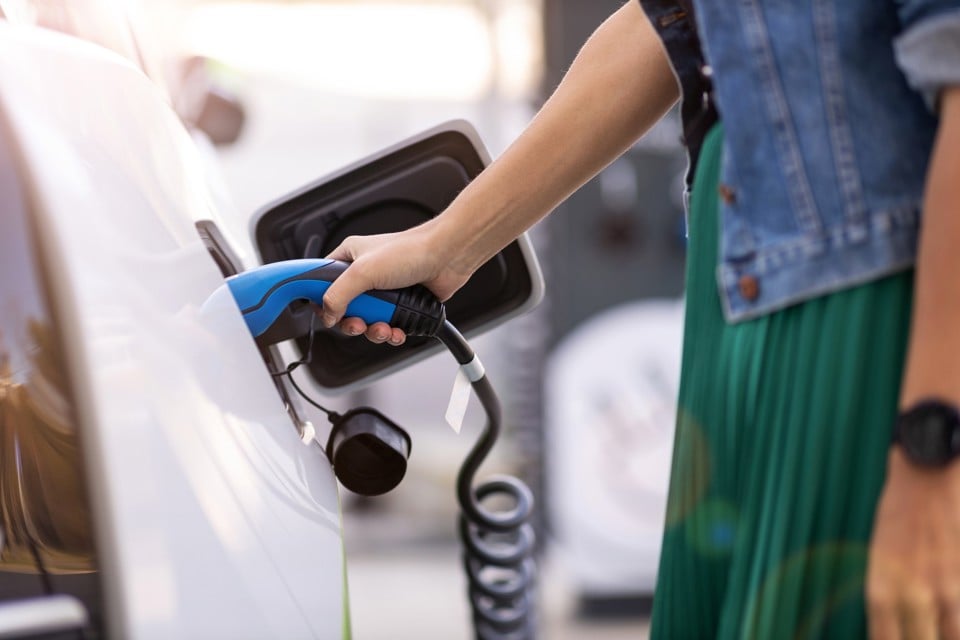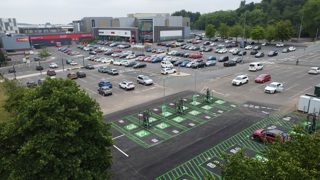New regulations, aimed at giving electric vehicle (EV) drivers access to transparent, easy-to-compare pricing information, simpler payment methods and more reliable charge points, have been rubber-stamped by MPs.
Charge point operators will also be required to open up their data, which the Department for Transport (DfT) hopes will make it easier for drivers to locate charge points, check their charging speeds and determine whether they are working and available for use through third-party apps, online maps and in-vehicle software.
The new regulations come after the UK surpassed 50,000 public charge points with the 50,000th charging device installed by MFG EV Power at a service station in Weston-super-Mare.
Zapmap’s quarterly statistics showed that the number of ultra-rapid charge points in the UK increased by 68% since September 2022, with the number of slow chargers increasing by almost 68% as well.
Looking ahead, given the current rate of installation, Zapmap’s calculations show that the UK is likely to reach 100,000 charging devices in August 2025.
Technology and decarbonisation minister, Jesse Norman, said: “Over time, these new regulations will improve EV charging for millions of drivers, helping them find the charge points they want, providing price transparency so that they can compare the cost of different charging options, and updating payment methods.
“They will make the switch to electric easier than ever for drivers, support the economy and help the UK reach its 2035 goals.”
Once the regulations come into force, drivers will also be able to contact free 24/7 helplines for any issues accessing charging on public roads.
James Court, CEO of the Electric Vehicle Association England, said: “Better reliability, clearer pricing, easier payments, plus the potentially game-changing opportunities of open data are all a major step forward for EV drivers and should make the UK one of the best places to charge in the world.
“As the rollout of charging infrastructure gathers momentum, these regulations will ensure quality and help put consumers needs at the heart of this transition.”






















Login to comment
Comments
No comments have been made yet.